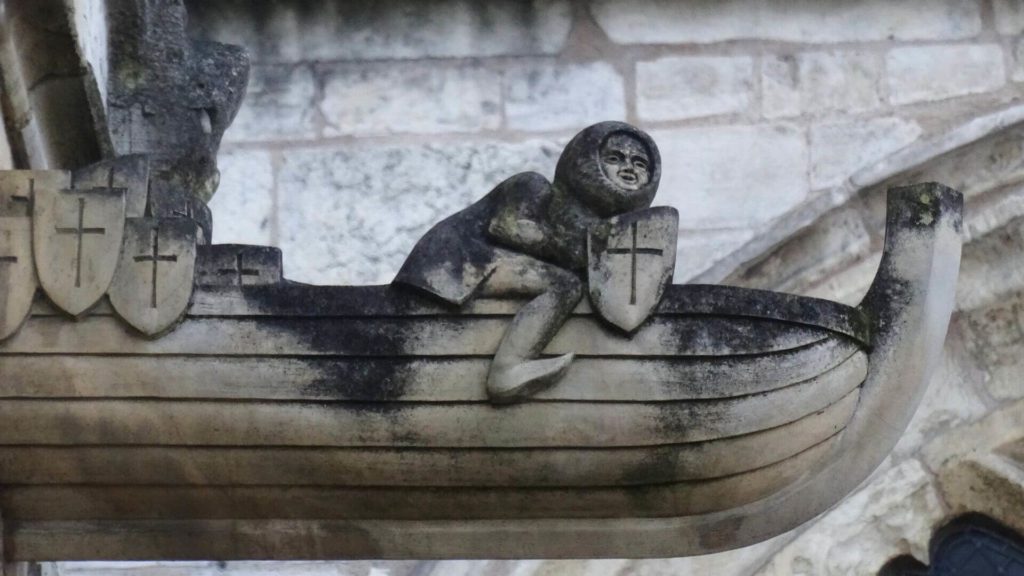Angela Bridge, a local writer was awarded a grant from Selby Town Council to mark the 950th anniversary of the founding of Selby Abbey. Supported by Canon John Weetman at Selby Abbey, she proposed creating a series of audio monologues inspired by features in Selby Abbey and organised monologue writing workshops, a monologue writing competition, audio-recordings and produced and published a selection of writing in a celebratory Monologues950 pamphlet.
Three monologues written by Angela were recorded by Selby College music student, Thomas Fieldsend. Five of the published monologues, including a piece by local writer and competition judge, Deborah C. Foulkes were recorded and produced by Tim Barron from Pop Party, Selby. Actors, Karen Allan, Stephen Mawson and Richard Edwards recorded the monologues. John Coopey recorded his The Prayers Within the Stones, and Angela Bridge recorded Mary’s Story.
Writers published in the Monologues950 pamphlet are:
Karen Banks
Angela Bridge
Kate Brumby
John Coopey
Deborah C. Foulkes
Maggie Jackson
Anne Mallery
Julie McKiernan
Lynne O’Dowd
Jean Shaw
The pamphlet is available to purchase in Selby Abbey. The recorded monologues can be listened to here by clicking on the icon, and in Selby Abbey.
Welcome
By Karen Banks
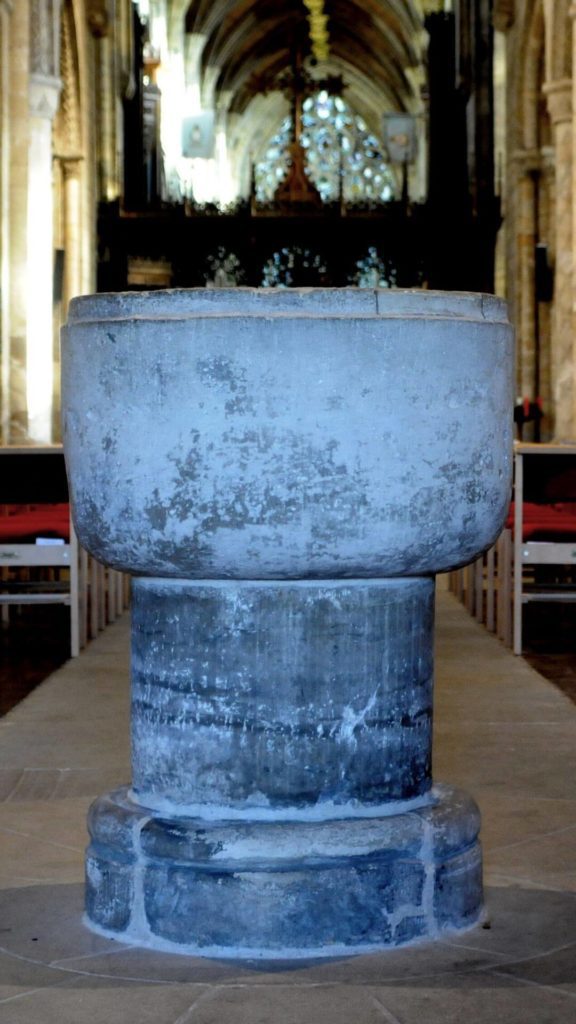
The stone font is thought to pre-date the existing Abbey building and consists of a simple magnesium limestone bowl.
Karen’s piece imagines the font as a welcoming and special guide to the Abbey.
Sacred
By Angela Bridge
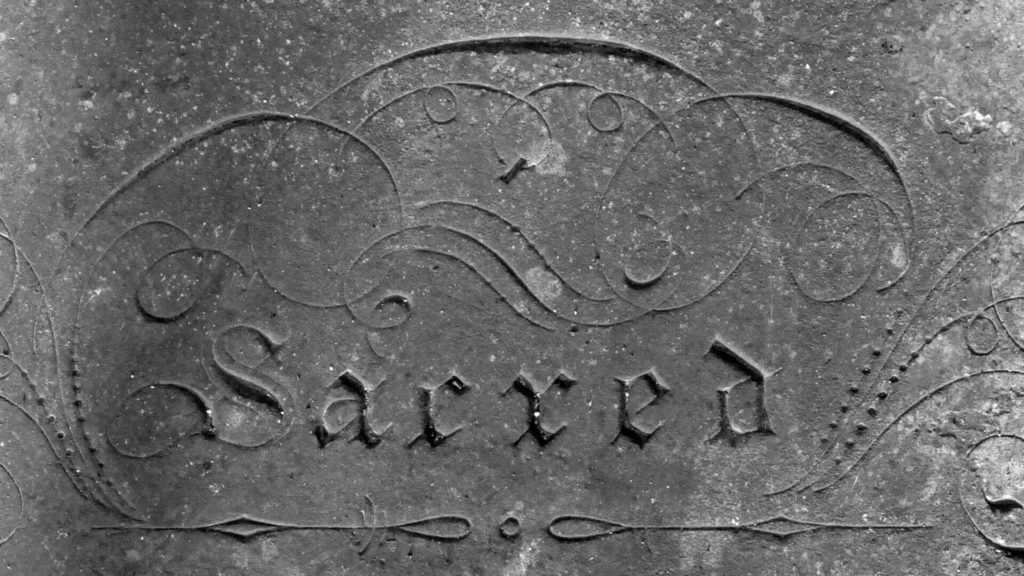
A group of gravestones at the south side of the Abbey have ‘Sacred’ written on them.
Angela imagines what may be sacred to women beyond the grave.
This monologue was written for music student Thomas Fieldsend. He recorded and produced the piece for his final year project at Selby College.
The monologue is voiced by actor, Karen Allen.
Moving on
By Angela Bridge
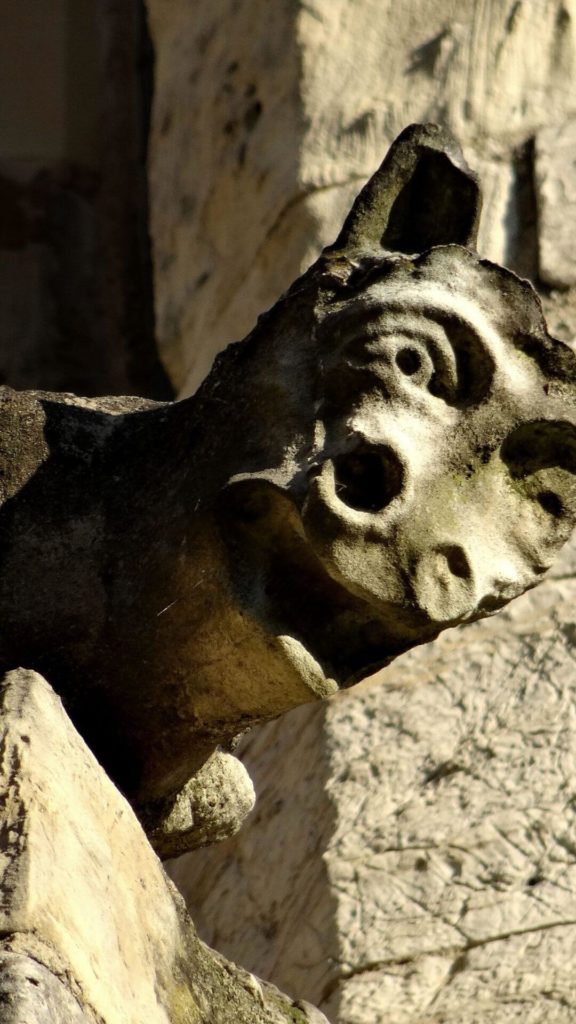
As part of Selby Abbey’s restoration programme some gargoyles and other features have been replaced or repaired.
Angela imagines a gargoyle faced with his imminent replacement.
This monologue was written for music student Thomas Fieldsend. He recorded and produced the piece for his final year project at Selby College.
The monologue is voiced by actor, Stephen Mawson.
Burnt Boss
By Angela Bridge
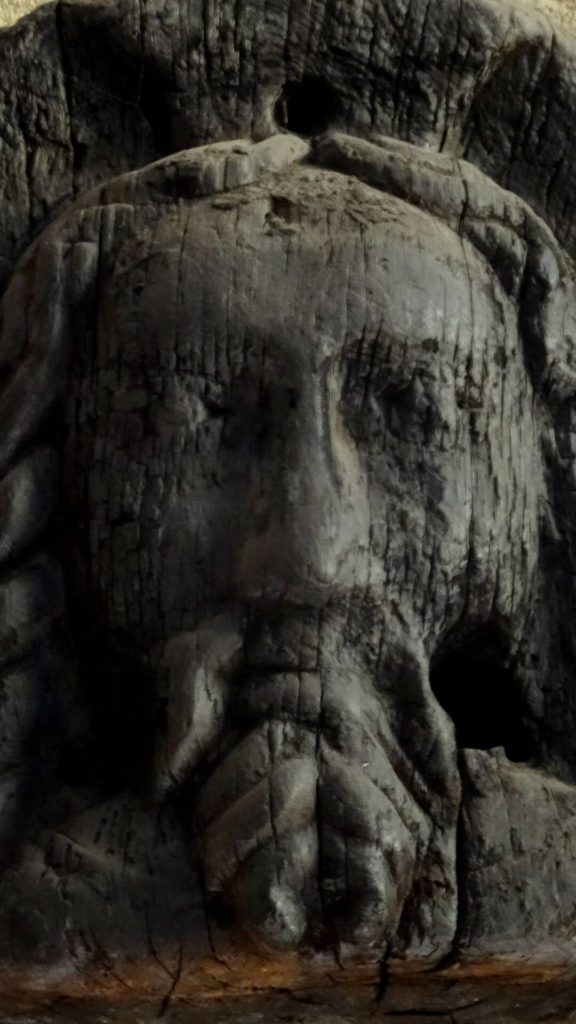
A boss is a carved design often used as a keystone – used in vaulting to cover complex mitred joints. Selby Abbey has a surviving roof boss salvaged from the fire of 1906.
Angela’s Boss looks back on the night of the great fire.
This monologue was written for music student Thomas Fieldsend. He recorded and produced the piece for his final year project at Selby College.
The monologue is voiced by actor, Stephen Mawson.
IMP-erfection Immortalised
By Kate Brumby
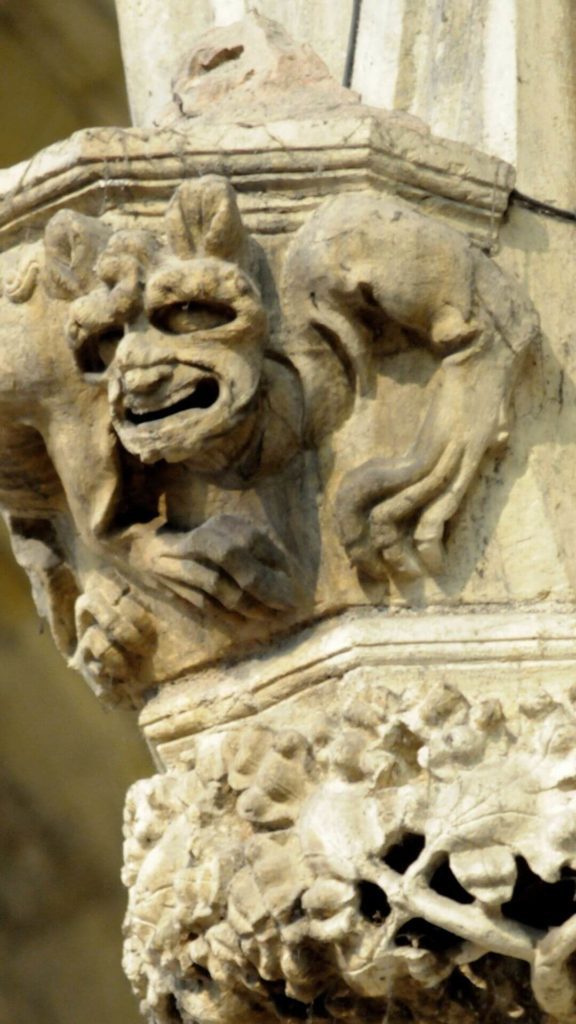
Imps are common in medieval gothic churches and can be seen as playful, even comical, or sinister and evil. Where they are more sinister or evil-looking, then it is symbolic that the saint stands on them – subduing such evil intentions. Selby Abbey’s imp has an unmistakable sinister appearance.
Kate’s imp wishes the world to be changed, and perceptions of him, in particular, to be more positive.
The Prayers Within the Stones
By John Coopey
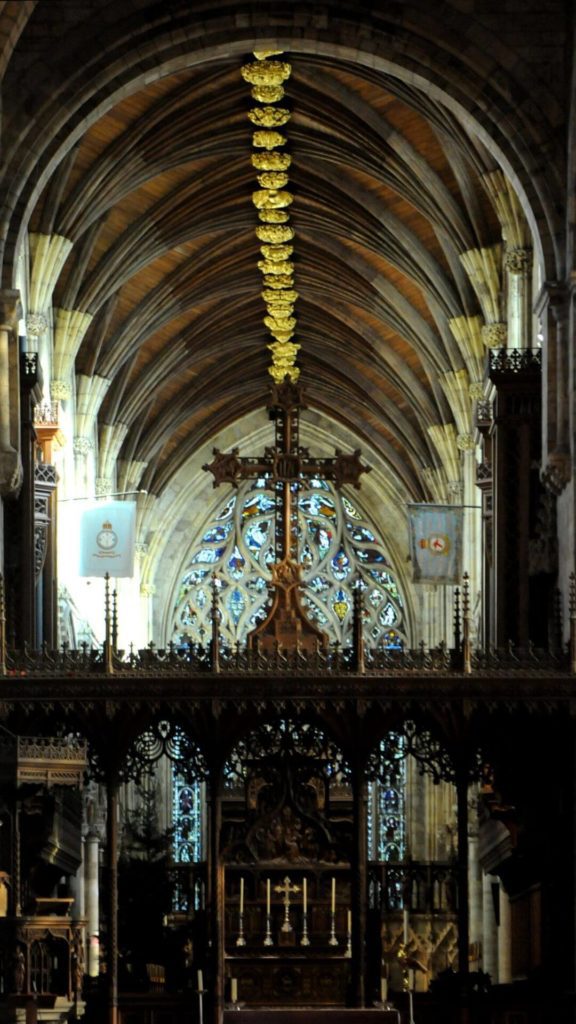
The founding of the Abbey celebrated its 950th year in 2019. The Abbey means many things to those who visit, to those who live locally, to those who sit quietly, and to those that work there.
John listens to the silence of the Abbey at the end of a working day.
The monologue is voiced by the writer, John Coopey
They Shall Rise Up On Wings, As Eagles
By Maggie Jackson
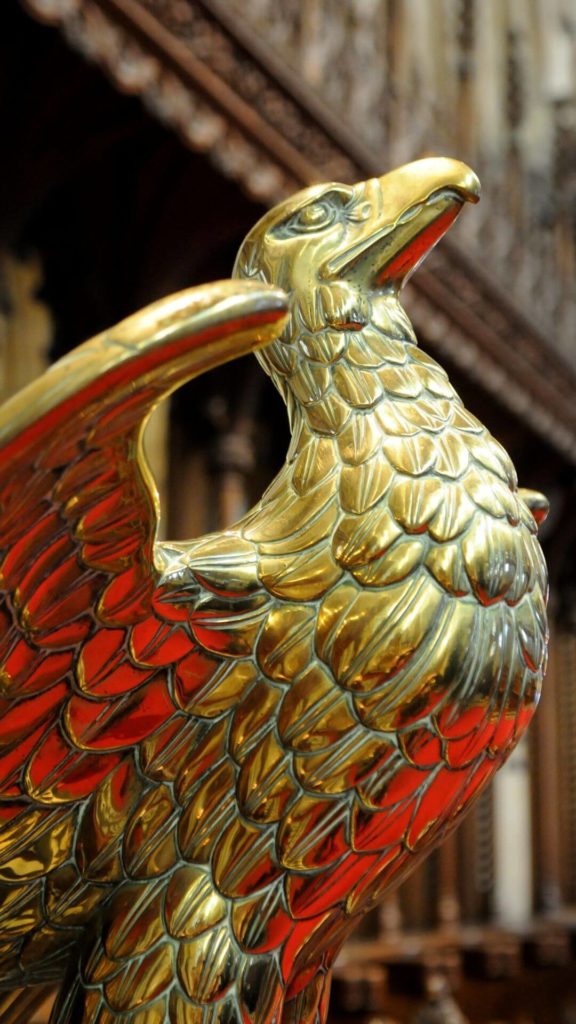
In general, a brass (or wooden) eagle with outstretched wings standing on a sphere is a common design for lecterns in churches (to hold large bibles that are read publicly in services). It symbolises the gospel being carried throughout the world through the reading and preaching of the bible.
Maggie wonders what the Eagle would say if he could speak.
The monologue is voiced by actor, Richard Edwards
Mary’s Story
By Anne Mallery
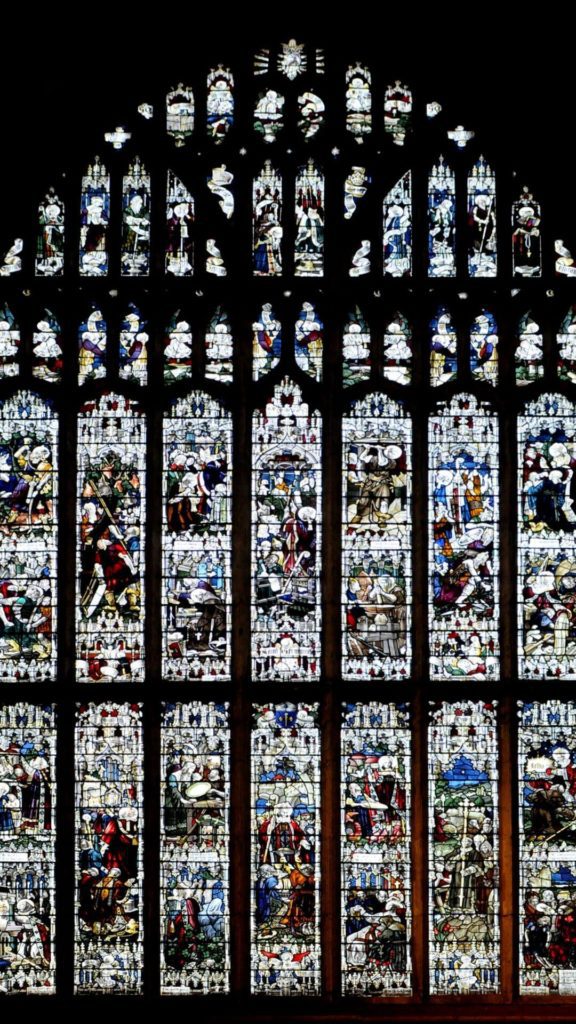
Mary Standering was born in Selby in 1853, daughter of William and granddaughter of Thomas, both shipowners. She donated money to extend Selby’s Cottage Hospital, orchestrated the building of Standering hall and funded the creation of the St Germain stained glass window in the north transept of Selby Abbey.
Anne follows in the footsteps of the understated but remarkable Mary Standering.
The monologue is voiced by Angela Bridge.
A Selby Gargoyle Experiences the Fire of 1906
By Julie McKiernan
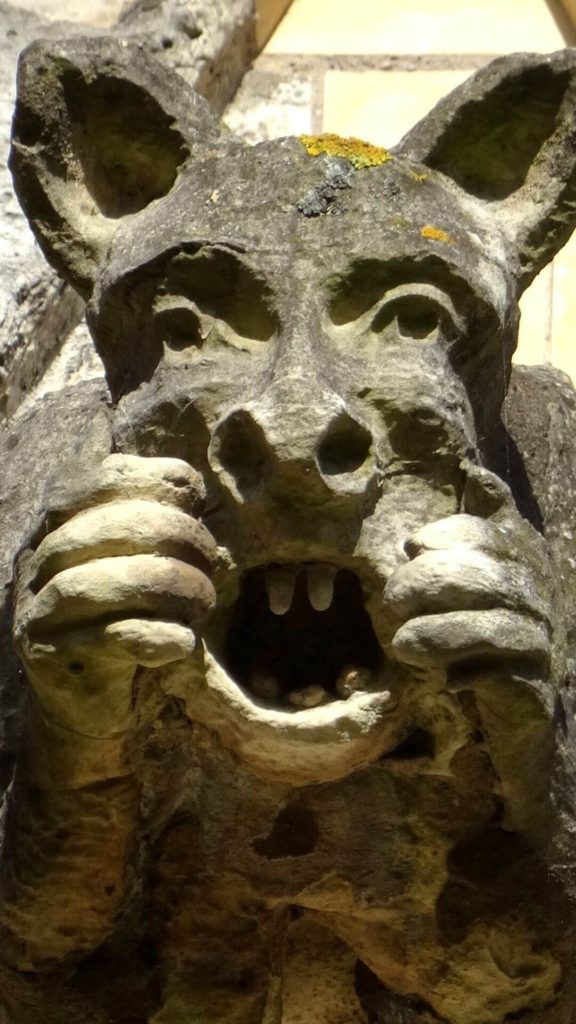
Gargoyles originally spouted water to help channel water from the roof, via gullies and gutters clear of the walls. Modern gargoyles are grotesques – because they don’t spout water. This gargoyle has its mouth open and it looks hollow indicating it probably once spouted water.
Julie gives the gargoyle a voice to express his fear and despair whilst the fire rages behind him.
The monologue is voiced by actor, Richard Edwards
Open to the Heavens
By Lynne O’Dowd
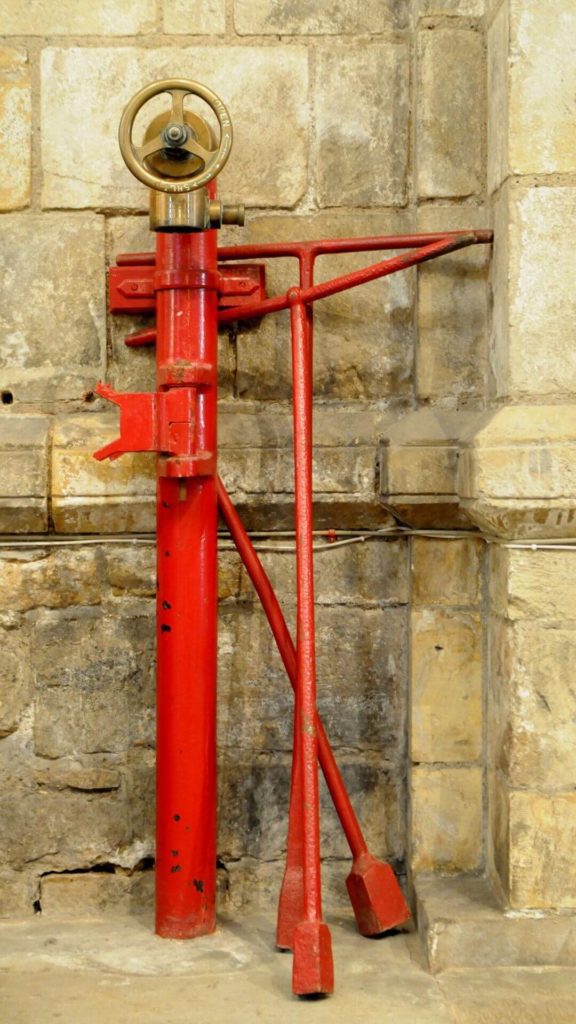
The fire hydrants, both known as ‘dry risers’, are no longer connected to a water supply, but were installed, possibly after the 1906 fire, so that a hose can be connected from one side to the other through the wall in case of a fire. They are no longer required for modern firefighting methods
Lynne explores feelings of connection, isolation and belonging through the lens of the Abbey’s old fire hydrants.
Eye Spy
By Jean Shaw
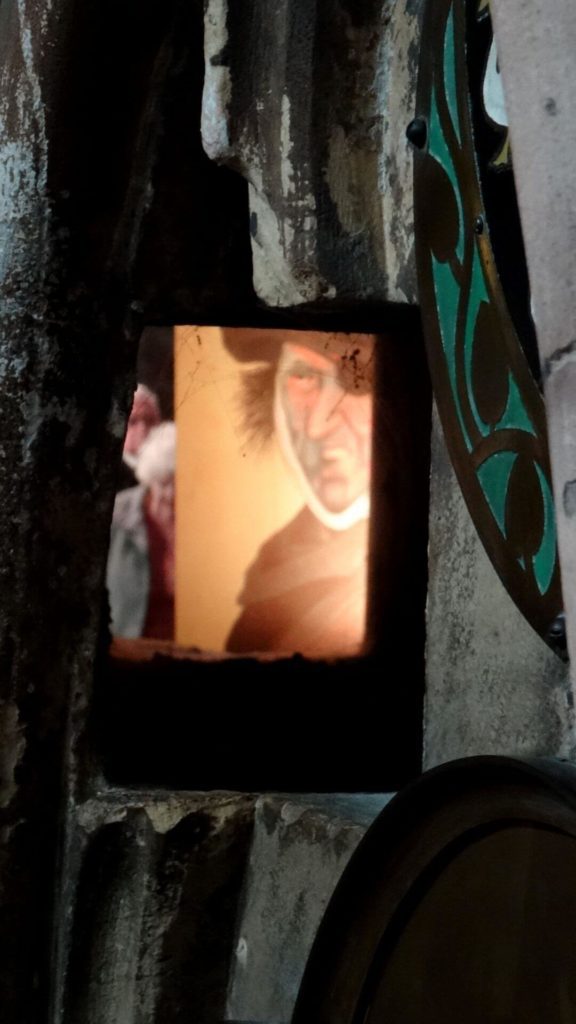
The leper squint at Selby Abbey is a hole carved into the church’s thick outer wall which allowed an eye to see the altar. Lepers were excluded from churches as people feared catching the disease. The squint allowed the leper, from outside the building, to gaze inside and hear the sermon.
Jean plays eye spy through the Leper’s Squint.


